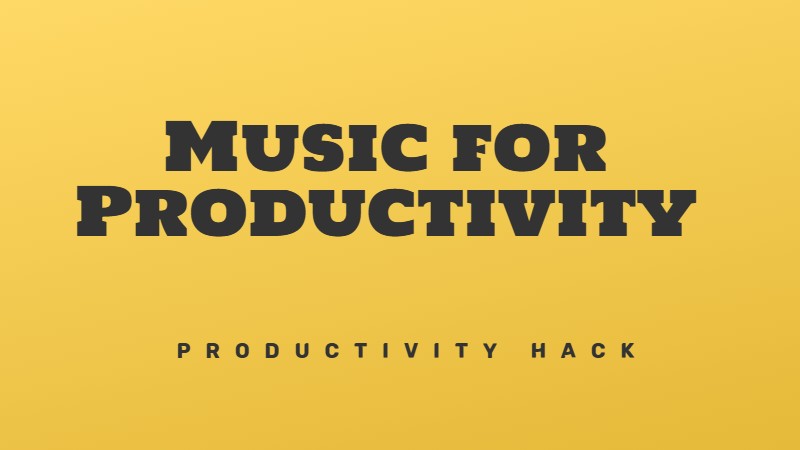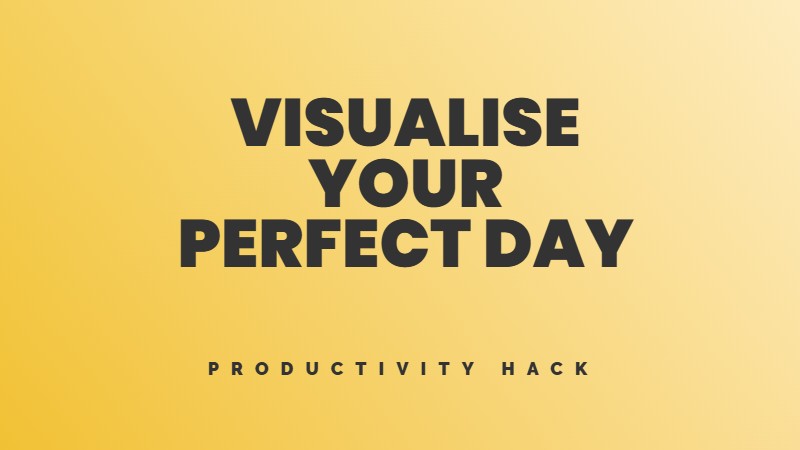My default mode when friends or family share their struggles has always been to fix things. I’m a problem-solver by nature, so my mind immediately starts analyzing the situation and generating solutions. But over the years, this approach created friction in my relationships. I’d offer suggestions and insights, only to be met with resistance or defensiveness. I couldn’t understand why they didn’t appreciate my help.
I was trying to help in my way, not theirs.
Transforming your relationships with one simple question
We all have a natural way of responding when someone comes to us with a problem. Some of us jump straight into analyzing the situation and offering solutions. Others focus on providing a listening ear and emotional support. But our default approach may not always match what the other person needs most in that moment.
Asking one simple question can transform how you support your loved ones:
Do you want to be helped, heard or hugged?
This powerful question, used by many therapists, allows you to tailor your response to what the other person actually needs.
Helped
If they want to be helped, they’re looking for practical solutions and advice. Deconstruct the problem with them and brainstorm action steps they can take. Share your own experiences and insights that relate to their situation.
Real-life example:
Your best friend confides that they’re drowning in credit card debt and struggling to make ends meet. They ask for your help in creating a budget and repayment plan. You work together to list all their income and expenses to get a clear financial picture. You help them identify areas to trim spending and brainstorm ways to boost their income. Drawing on your experience climbing out of debt, you share practical tips like negotiating lower interest rates and using the debt snowball method.
Heard
If they want to be heard, hold space for them to vent and process their emotions. Give them your full attention, using active listening and reflecting their feelings back to show you understand. Resist the urge to jump in with your take or offer premature solutions.
Real-life example:
Your coworker is feeling overwhelmed and undervalued at work. She comes to you to vent about her demanding boss, uncooperative teammates, and mounting deadlines. You find a quiet place to talk and give her your undivided attention. You listen intently as she pours out her frustrations, nodding and offering short, validating responses like “That must be so tough” or “I hear how stressed you’re feeling.” You resist jumping in with advice or anecdotes, allowing her space to express herself fully. When she’s done, you reflect back what you heard, making her feel seen and understood.
Hugged
If they want to be hugged, provide physical affection and reassurance. A warm embrace, a hand on their shoulder, or just sitting close to them sends a powerful nonverbal message of care and support. Focus on making them feel safe, accepted and loved.
Real-life example:
Your longtime friend loses her father after a long illness. At the funeral, she seems stoic and composed, but you can see the grief etched on her face. After the service, you find her standing alone, staring blankly ahead. You approach quietly and open your arms. She falls into your embrace, finally allowing herself to cry. You stand together silently, holding her close as her body shakes with sobs. When she starts to pull away, you keep a hand on her shoulder, anchoring her with your touch as you express your condolences and offer to check in on her later that week.
Learning to step outside your natural response style and tune into the other person’s needs is the key. You may be a “fixer” by nature, but if your partner wants to be held while they cry, set your problem-solving instincts aside and open your arms.
Bottom line
Over time, you’ll start noticing patterns in how different people in your life like to be supported. Your best friend may consistently want advice, while your teenage son almost always wants you to listen without judgment. Remembering these preferences helps you show up for them most effectively.
Asking, “Do you want to be helped, heard, or hugged?” is a small step that sparks a shift in relationships. It moves us out of assumption and into active care and understanding. We learn to support loved ones how they want to be supported, not how we want to give support. This attunement fosters trust, vulnerability, and connection. It tells the other person that their needs and preferences matter to us. We’re willing to step outside our comfort zone to be what they need most.
If you want your relationships to feel more satisfying, supportive, and deeply connected, start asking this question. Then, listen closely and respond accordingly.




Leave feedback about this